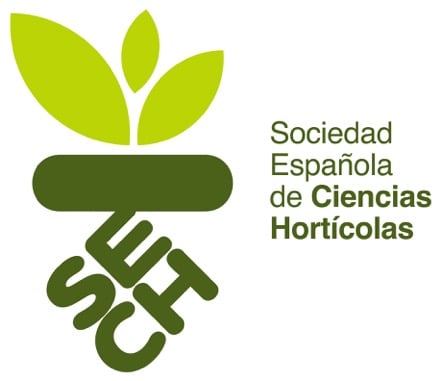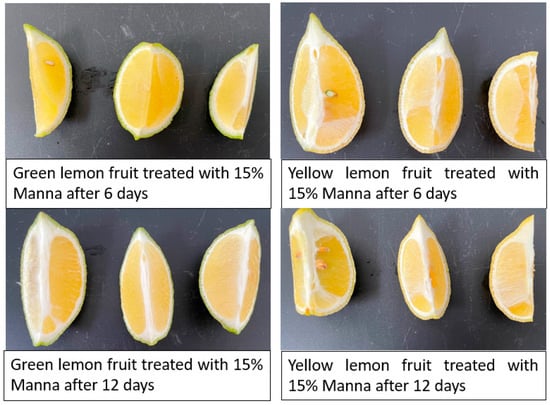Zinc oxide nanoparticles (ZnO NPs) have garnered increasing attention in agriculture due to their potential to enhance plant growth and nutrient use. This research investigates the concentration-dependent effects of ZnO NPs on young crabapple (
Malus robusta) plants, addressing gaps in understanding how different concentrations influence plant development. A hydroponic experiment was conducted, applying foliar treatments of 200 mg L
−1 ZnSO
4 (S200) and 200, 500, and 1000 mg L
−1 ZnO NPs (N200, N500, N100). The control group (CK) was treated with deionized water (dH
2O). Growth parameters, antioxidant enzyme activity, and nutrient contents were measured to evaluate the impact of ZnO NPs on plant development and nutrient uptake. The results showed that N200 enhanced growth, increasing plant height by 22.64%, total dry weight by 49.36%, and root length by 116.07%. In contrast, N500 and N1000 induced oxidative stress, elevating H
2O
2 and MDA by 32.02~54.43% and inhibiting growth. N200 also improved nutrient uptake, increasing K, Ca, Fe, and Zn uptake fluxes by 84.92%, 112.12%, 185.15%, and 149.92%, respectively, whereas N1000 suppressed overall nutrient uptake but increased root Ca accumulation by 64.59%. These findings suggest that ZnO NPs can enhance plant growth and nutrient utilization at low concentrations, with potential implications for agricultural practices involving nanoparticle (NP)-based fertilizers.





